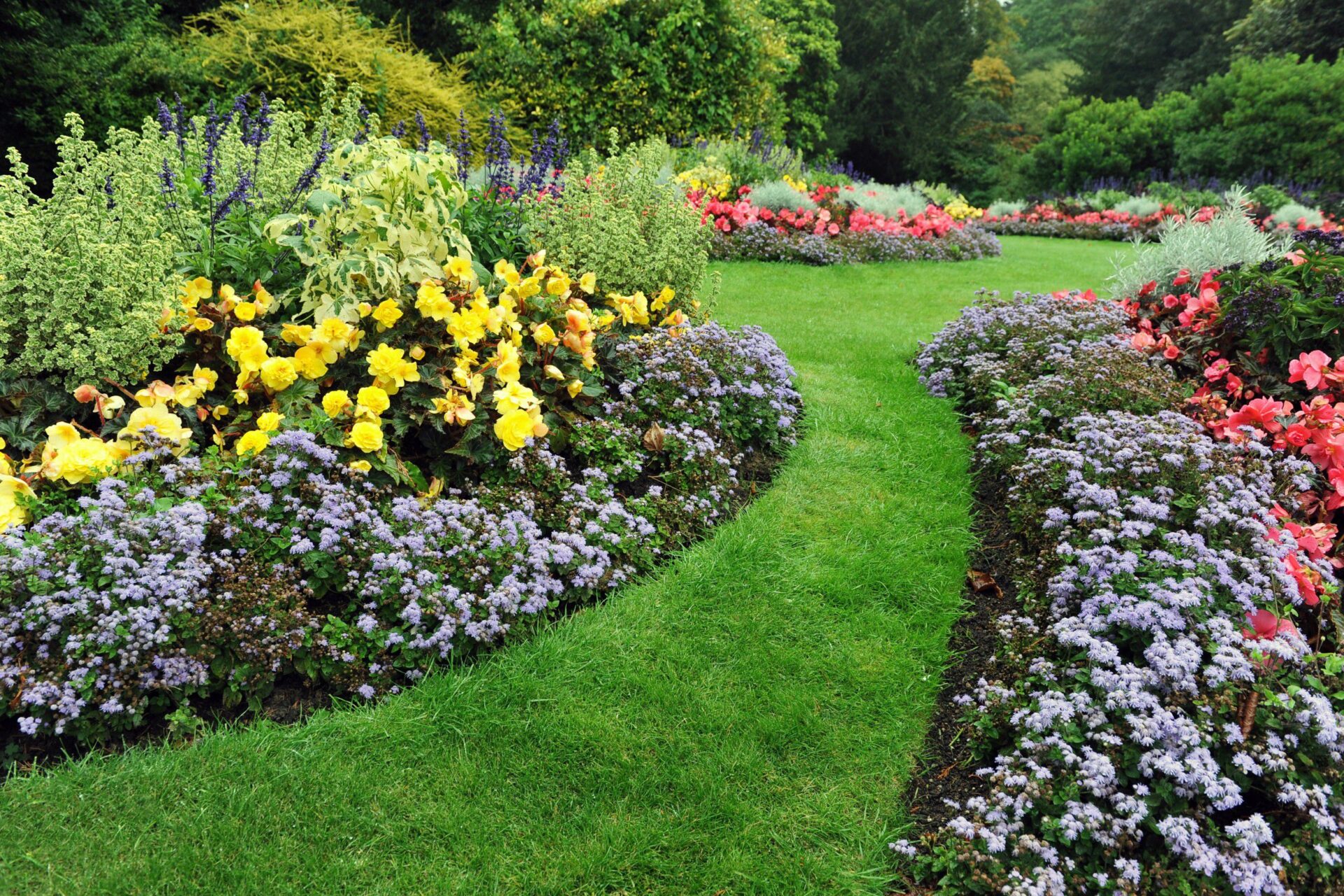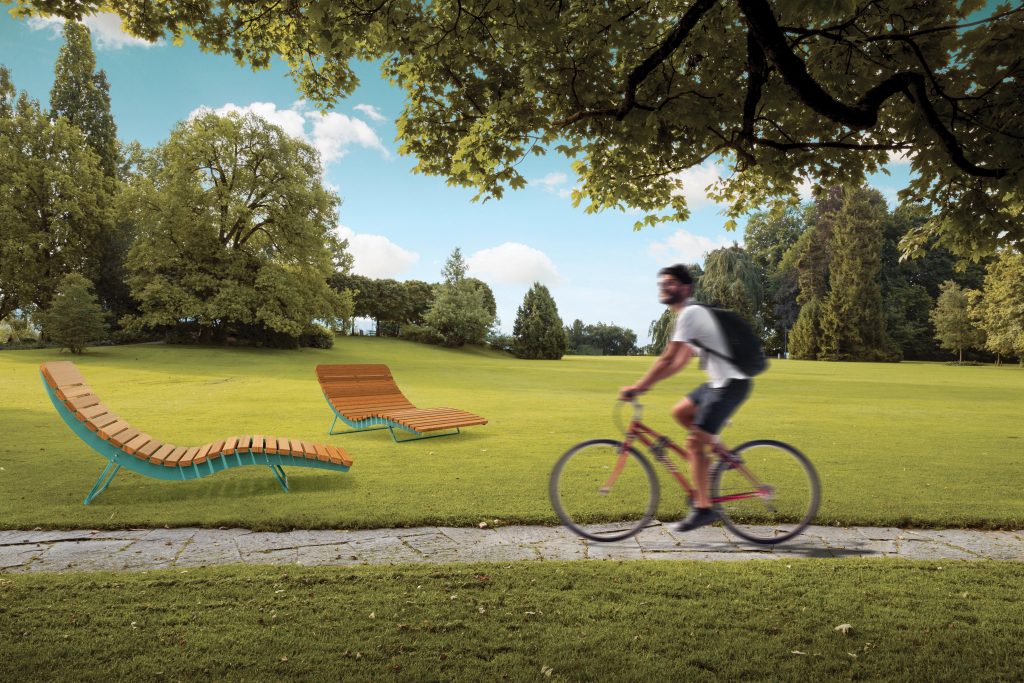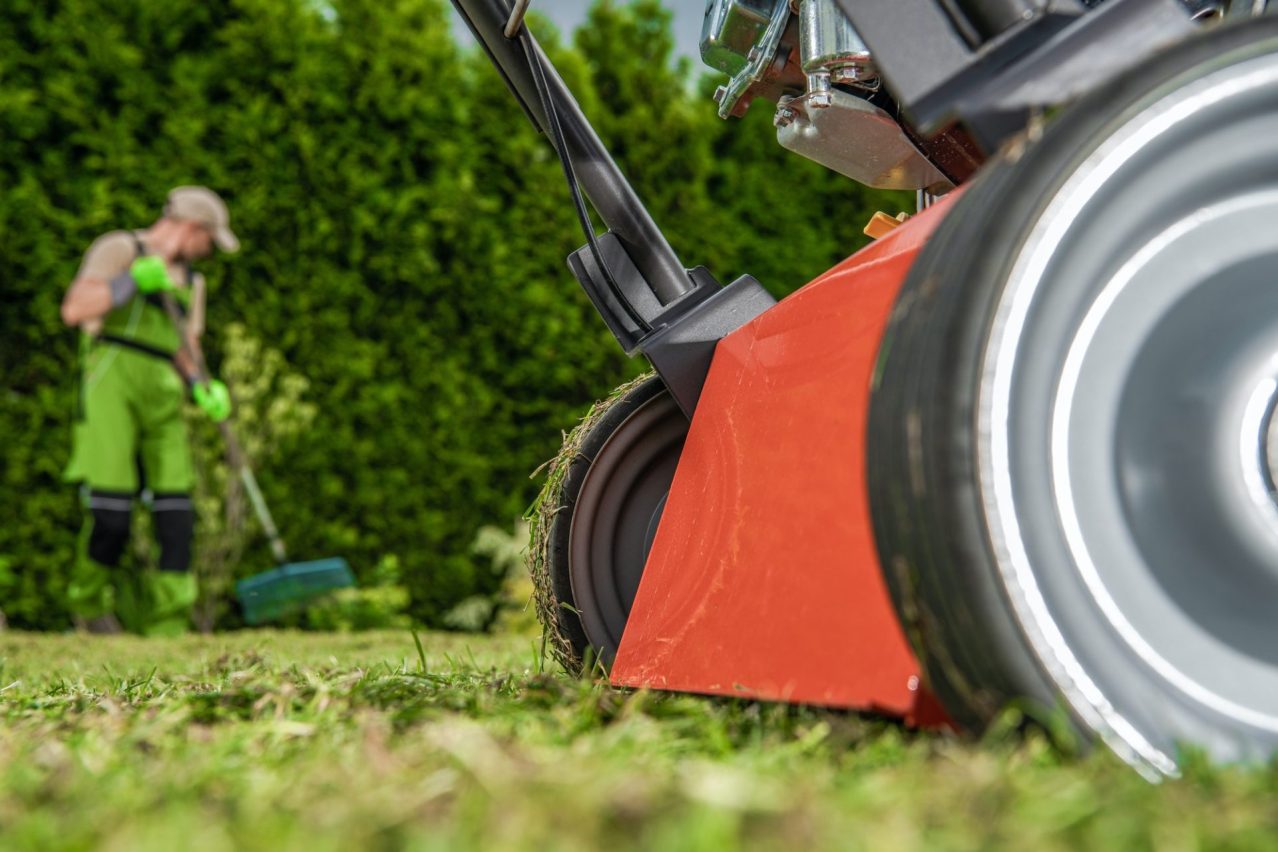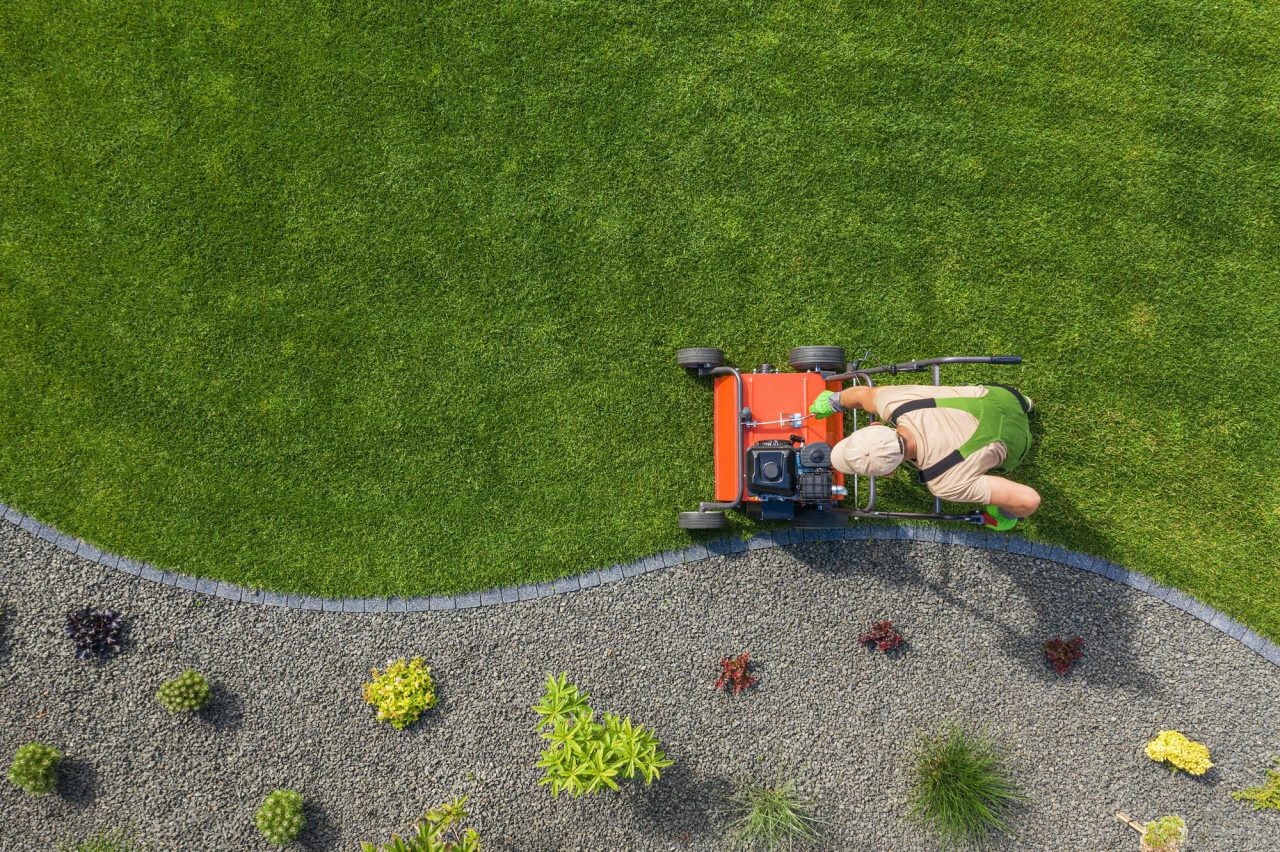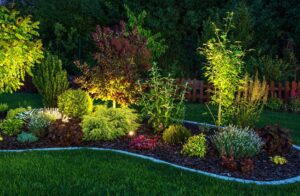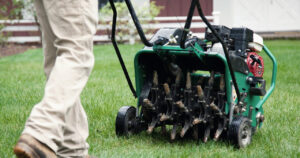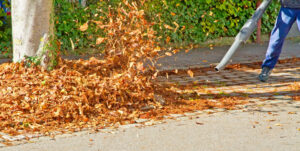Even with limited outdoor space, you can still create stunning landscapes that enhance the beauty and functionality of your property. Here are some tips for landscaping small spaces:
1. Prioritize Functionality:
- Identify the primary uses and functions of your outdoor space, whether it’s dining, entertaining, gardening, or relaxation.
- Design your landscape to prioritize these functions while maximizing available space.
2. Opt for Vertical Gardens:
- Utilize vertical space by installing vertical gardens, trellises, or hanging planters.
- Vertical gardens not only maximize greenery but also add visual interest and texture to small outdoor areas.
3. Choose Dwarf and Compact Plants:
- Select dwarf and compact varieties of plants and shrubs that are proportionate to the size of your space.
- These plants require less maintenance and space while still adding color and texture to your landscape.
4. Create Illusions of Space:
- Use design techniques such as diagonal lines, perspective planting, and strategic placement of mirrors to create illusions of depth and space.
- Incorporate pathways, focal points, and visual transitions to draw the eye and create interest.
5. Embrace Container Gardening:
- Embrace container gardening to add greenery and color to small outdoor areas.
- Use a variety of containers in different shapes, sizes, and materials to create visual diversity and flexibility.
6. Keep it Simple:
- Avoid overcrowding your small outdoor space with too many elements or features.
- Opt for simplicity in design and focus on a few key focal points to create a cohesive and balanced landscape.
7. Incorporate Multi-Functional Elements:
- Choose multi-functional elements such as built-in seating with storage, vertical planters with built-in irrigation, or foldable furniture for versatility and space-saving.
With thoughtful planning and creativity, you can transform even the smallest outdoor spaces into beautiful and functional landscapes that enhance your home and lifestyle.

